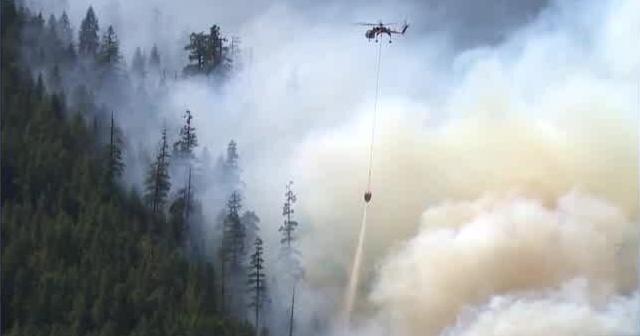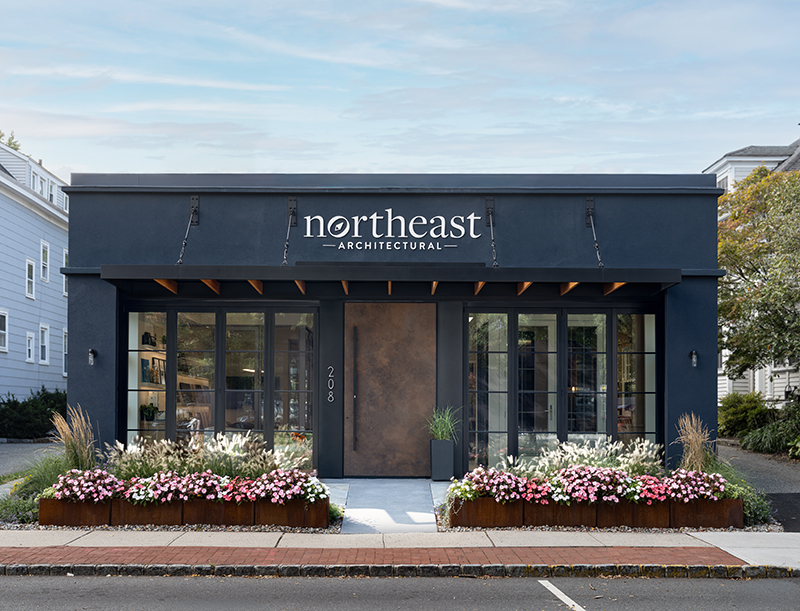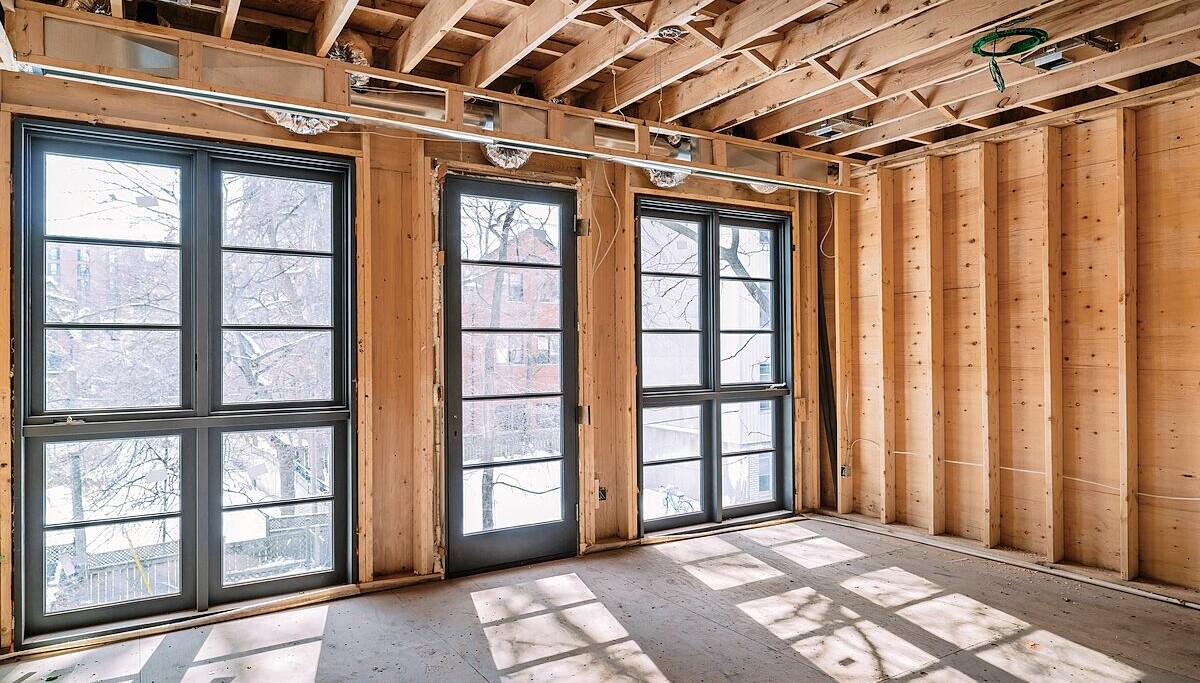Great Peninsula Conservancy focused on restoration projects in Kitsap
NORTH KITSAP — Patches of sunlight broke through the leafy canopy in Grovers Creek Preserve, above North Kitsap Heritage Park, as a small crowd stood in a cool, dirt-smelling grove, staring at pink fluorescent tags tied around some trunks in a tightly-packed group of trees. The tags mark trees to be cut for “thinning,” a forest preservation strategy where some trees in a dense group are cut, opening the understory below the canopy for surviving trees to grow larger and healthier.
The strategy is just one used to accomplish the ecological goals of the Great Peninsula Conservancy (GPC) and partners, like the Northwest Natural Resource Group (NNRG), as they follow conservation plans for over 12,000 acres of forest habitat the conservancy has acquired since 2000, including the 329-acre Grovers Creek Preserve.
For over 150 years, Grovers Creek was a timber farm as its old-growth tree stands, or groups, were repeatedly logged and planted using Douglas-fir species, leaving second and third-generations of trees growing as dense as 425 individuals per acre. Over time, the trees in these dense groups face competitive stress for nutrients, light, and water, leading to the stands “killing off suppressed individuals and increasing susceptibility to pests and pathogens and the risk of drought mortality,” according to Samantha Hale, GPC’s communications manager.
“Our goal is always ecological health first. No matter if it may not look good or it may look scary or it takes a little bit of time. It’s always the health of the forest and the health of the species that should have lived in that forest,” Hale said at the Forest Habitat Stewards Workshop hosted on Monday, Sept. 22 at Grovers Creek Preserve. “We talked about how this is third gen forest. Well, when it was old growth, what was here? What birds were here? What species of insects? Our goal is to get back to that healthier state and then let it kind of go from there.”
Workshop attendees observed forestry practices used across sites of Grovers Creek in 2023, like girdling, gap cuts, thinning, and planting, while discussing the ecological reasoning behind the conservancy’s management of forests for future health and wildlife inhabitants. Similar practices are planned across other GPC conservation lands, like the 202-acre Newberry Wood’s Community Forest, where local residents provide input on management decisions. The practices may also be used by Kitsap County in the future for places like Banner Forest, where management plans are undergoing further analysis through county assessments and community outreach.
The tools of forest stewardship and habitat restoration
Local non-profits and federal forestry organizations, like Northwest Natural Resource Group and the Natural Resources Conservation Service, advised on GPC’s management plans for the sites toured across Grovers Creek. Some sites were only thinned to allow sunlight while others included girdling, where workers scraped shallow sections of bark around tree trunks to kill the cambium, or tissue-growing organ, and produce standing dead trees called snags.
“Girdling” produces snags that are in short supply within groups of trees planted at the same time, like at Grovers Creek. These dead trees are a natural feature of old forests supporting many vertebrate species including countless nesting birds, according to Adrian Wolf, an ornithologist and GPC’s stewardship director who led the workshop.
“We’re trying to just create some spatial heterogeneity of the landscape to just create a little bit more habitat for different types of wildlife,” Wolf said later while hiking past a clearing in the foliage where gap cuts were conducted.
Like thinning, “gap” or “patch cuts” involve cutting in tree plots to mimic disturbances, like small fires, that naturally clear a crowded understory, allowing sunlight on suppressed shrubs and trees to grow thicker and fire resistant.
“We mimic a small disturbance here but over time, what it’s really going to better represent is what would have happened if this just wasn’t planted with a bunch of doug fir in the first place,” said Chase Beyer, a forester for Northwest Natural Resources Group (NNRG).
Beyer added later that for “big charismatic trees” to grow large, “they have survived several devastating disturbances, be it disease, or fire, or wind.”
According to the U.S. Department of Agriculture Climate Hub, a century-old policy of fire suppression has increased dry fuels and altered a cycle of smaller fires in the Pacific Northwest, contributing to extreme fires becoming more common, such as the 2024 Retreat Fire that burned 45,601 acres and prompted evacuations near Yakima County.
As of Sept. 26, the ongoing Bear Gulch fire in Mason County has burned 20,000 acres, or 31 square miles, of Olympic National Forest since starting on July 6, while to the north the nearby Tunnel Creek fire has consumed 558 acres since Sept. 6, according to InciWeb updates from fire officials.
“This is a non-fire way of mimicking those kinds of disturbances and getting the trees the room they need to start growing large,” Beyer said, gesturing to a gap cut area with spaced out douglas fir trees in Grovers Creek.
GPC and partners like NNRG carefully reviewed and selected the individual trees in Grovers Creek that would be cut, and while relying on the natural recruitment of seeds from surviving trees and wildlife to replant these areas, GPC’s volunteers also planted fire-resistant tree species in some sites for diversity and climate resilience, Wolf said.
Thinking like a tree for forest management
Overcrowded trees show stress symptoms that managers can use to decide which trees to cut, such as low live crown ratio, which is the proportion of tree length to its leafy foliage. Low live crown ratios reflect how trees in dense stands grow with limited resources and without space to branch out, leading to long, skinny trunks and limited leaves. All of which makes long-term growth and survival hard for the trees, according to Beyer.
“It’s just like you can’t build muscle if you have a tiny, tiny stomach. The live crown part is the stomach,” Beyer said while discussing the reasoning behind using live crown size to diagnose tree health. “That is how much metabolism the tree is able to undergo with photosynthesis. It can grow a stomach with more light on its stem, there are buds underneath the bark that, like, once they feel the heat from the sun, they’ll start branching out. But that takes time.”
“One of the hardest things is adapting your brain to think on arboreal time,” Beyer added later. “Humans, we move real quick. Trees, they take their sweet time. And that’s even to produce offspring with plenty of time.”
After two years, the understory of some Grovers Creek Preserve sites have exploded with trailing berries, shrubs, and some invasive species that GPC regularly remove through its stewardship volunteers. Under the canopy, streams and wetland pools continue to feed the soil of old, native trees like 200-year-old Sitka spruce, western hemlock, and redcedar, while supporting black bears and at least 60 recorded species of bird.
The management of Grovers Creek Preserve lands was partly funded through grants, but some of GPC’s costs on the ground are also funded by selling the logs cut from managed sites, although often still at a loss, as GPC paid an additional $16,000 to complete machine-cutting operations at Grovers Creek, according to Wolf.
The funds from logging go towards the local foresters who cut and move the trees, as well as paying costs for nearby mills and forestry groups like NNRG, per information provided at the workshop.
“Cutting trees is always scary, but there’s good justification, the science backs it that there’s very good things that can come out of thinning a forest,” Wolf said. “It’s forest health. It’s wildlife habitat. You’re returning some logs to the ground, which is aiding in soil development. You’re re-initiating the understory. You’re bringing more light to the forest floor, which helps the berry-producing plants, which birds rely on, which invertebrates rely on. So you’re creating a condition. You’re moving towards a more natural stand rather than being managed for timber production solely.”
Similar plans may be coming across Kitsap County
Kitsap County Parks’ recent strategic planning document identified a need for restoration work in Banner Forest Heritage Park, in South Kitsap, to improve its ecological health as a formerly logged area. That planning has recently pushed community debate around forest management practices like those at Grovers Creek Preserve.
The county’s current Forest Stewardship and Restoration Policy spans 2025 through 2034, including assessments for 9,394 acres of Kitsap County’s forests to determine any ecological need for management, per recent updates provided by the county.
Thinning operations are ongoing at Port Gamble Forest Heritage Park into November, but further analysis of restoration needs at Banner Forest is planned for 2026 as the county conducts outreach and dialogue to ease community concerns. Both forests have been harvested and densely replanted within the last half-century.
“We want to get these forests growing towards a better condition in the future,” Kevin Ceder, the stewardship forester for Kitsap County, said at the workshop, “To get an idea of what the old forests were like we look at the old stumps. They’re big and far apart. Leaving a few healthy trees with large crowns in the patch cut can set up the conditions for them to really grow as the main features of the stand. In time these will be the big, old trees we want.
“In the interim, more trees establish, with different age classes and species creating a more diverse, complex forest.”
link







